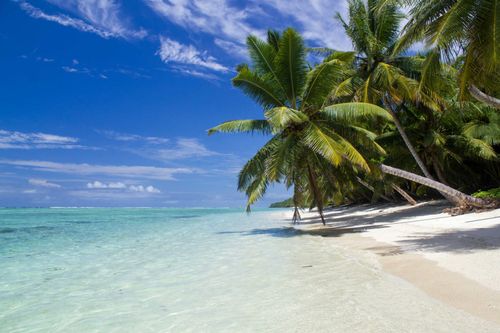- Activity
- Nature & Wildlife
- Authentic Experiences
- History Culture Heritage
- South America
- Bolivia
- Inspiration
- See & Do
- Where to stay
Planning your own trip? Prepare for your trip
Use Rough Guides' trusted partners for great rates
Travel advice for Bolivia
From travel safety to visa requirements, discover the best tips for traveling to Bolivia
- Eating and drinking in Bolivia
- Getting around Bolivia: Transportation Tips
- Travel Health Bolivia
- Crime and personal safety tips Bolivia
- Culture and Etiquette in Bolivia
- National Parks in Bolivia
- Sports and Outdoor activities in Bolivia
- Travel Tips Bolivia for planning and on the go
- Best time to visit Bolivia
- How to get to Bolivia





























_4ab8a84081.jpeg)







